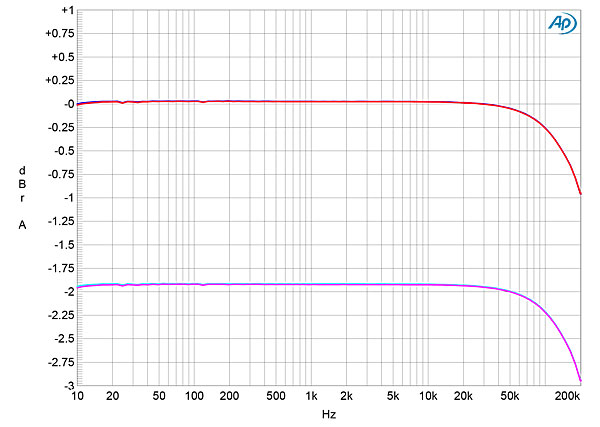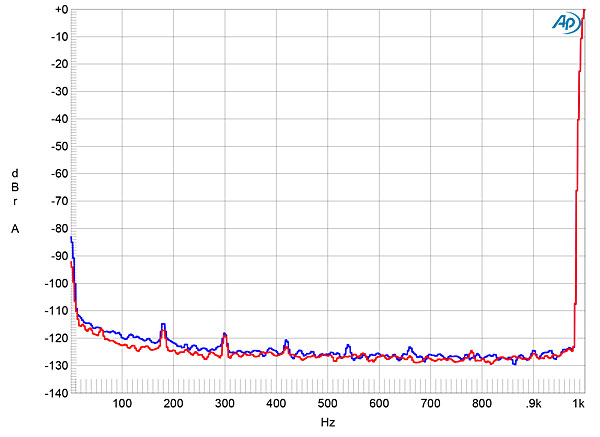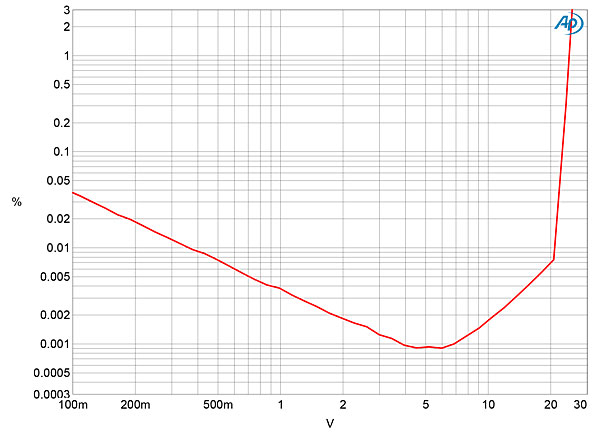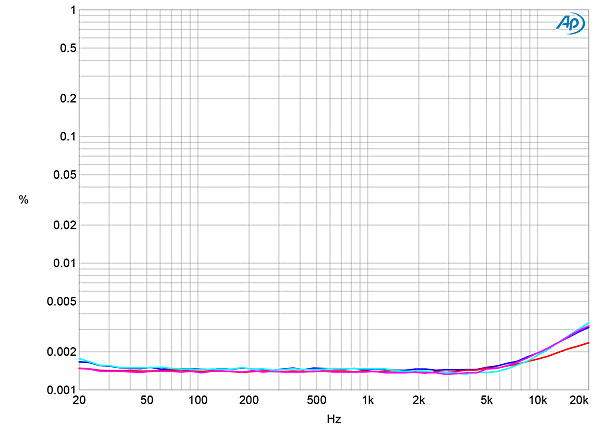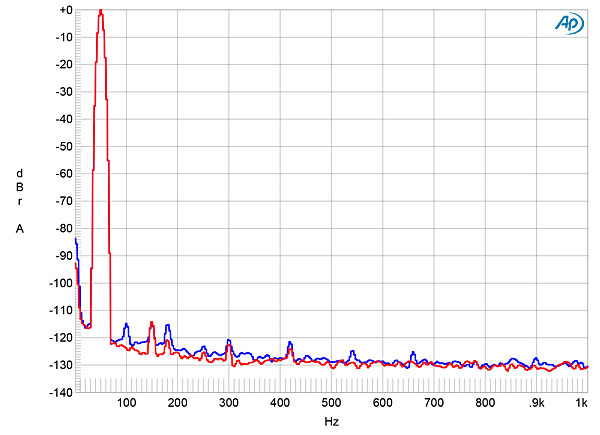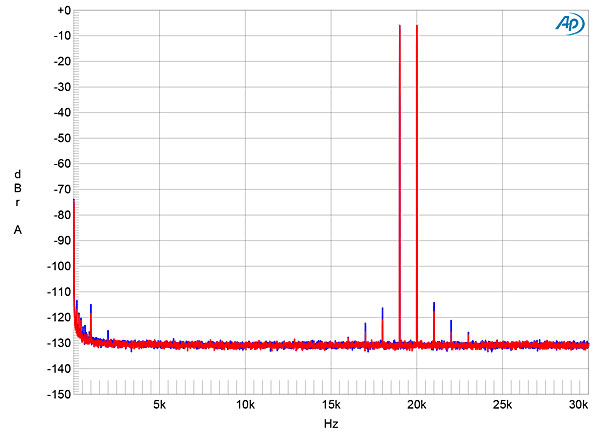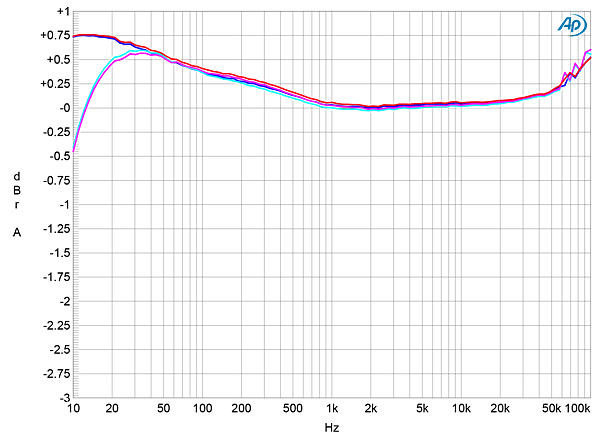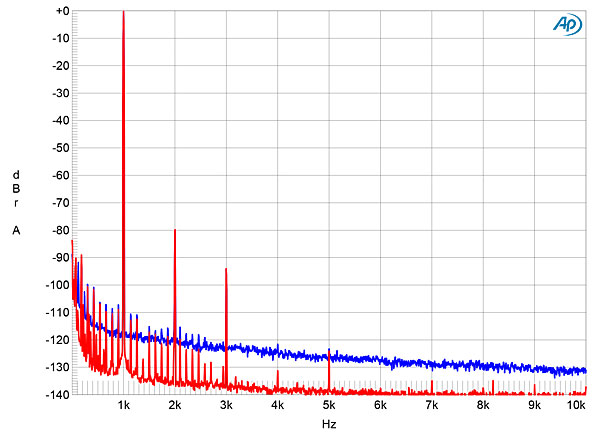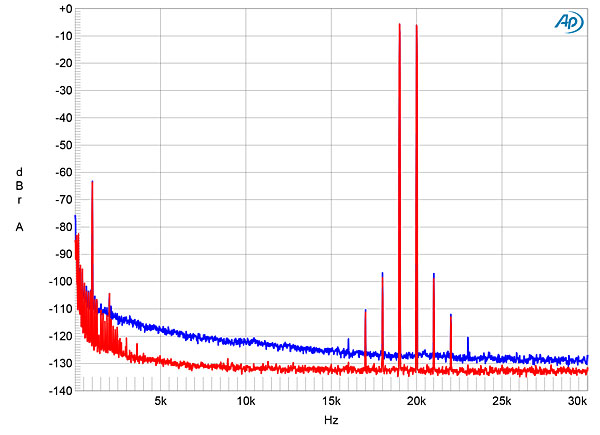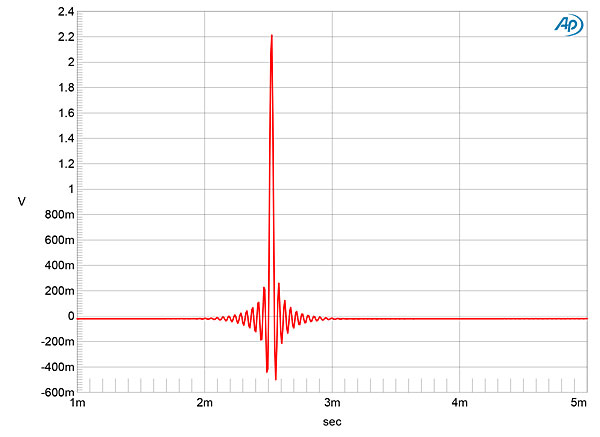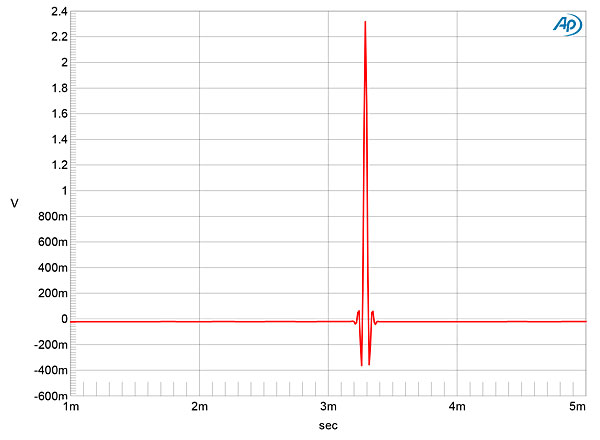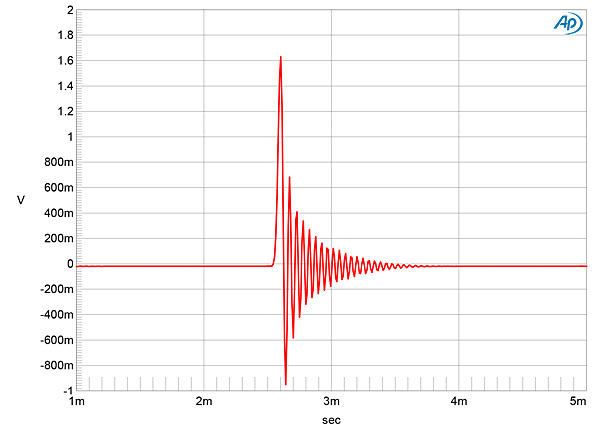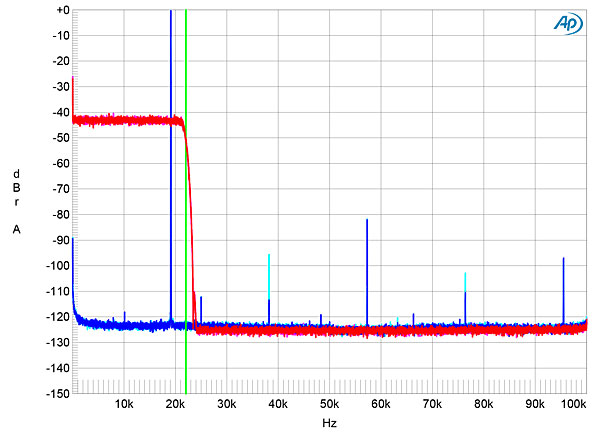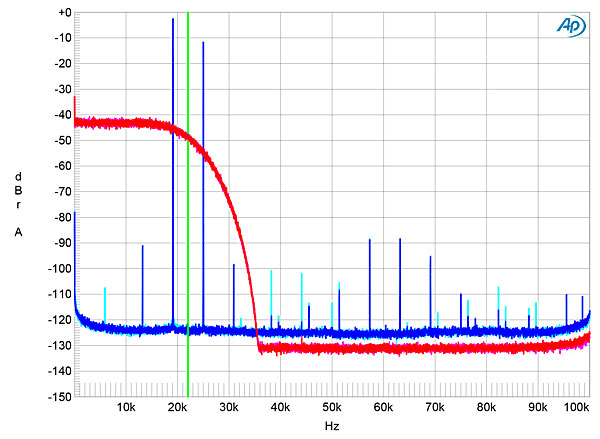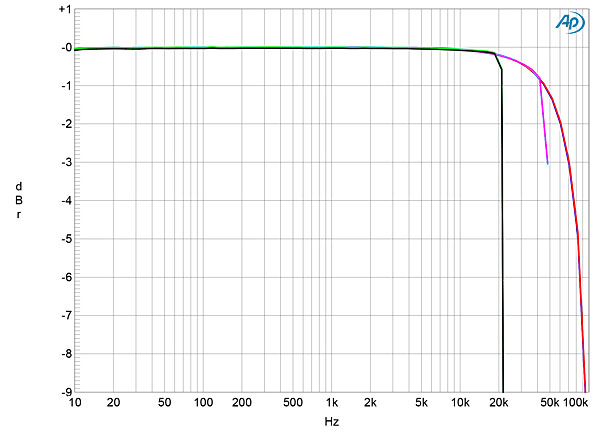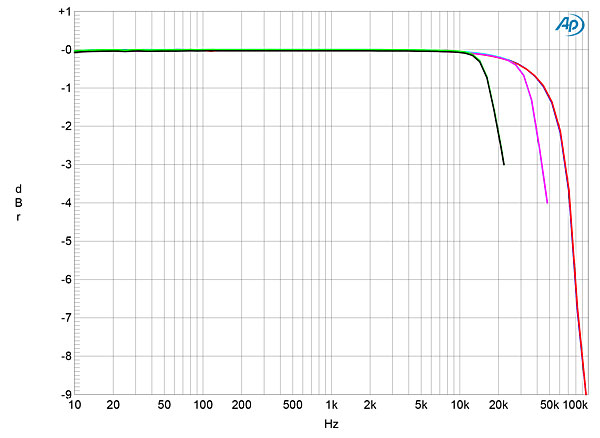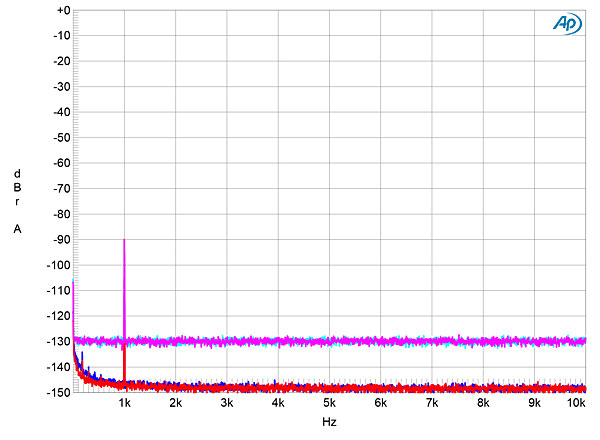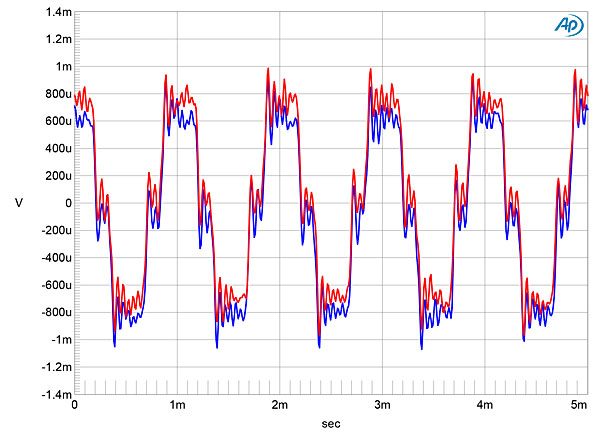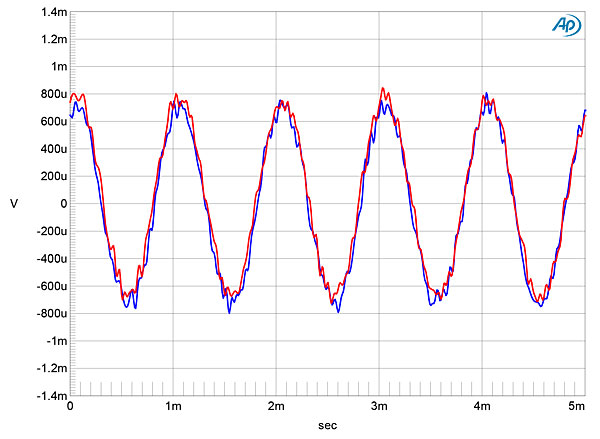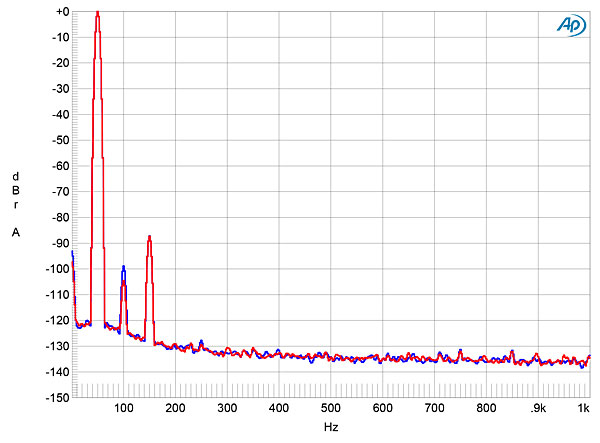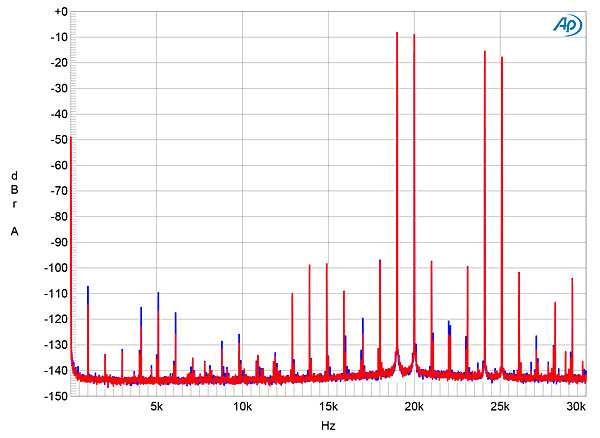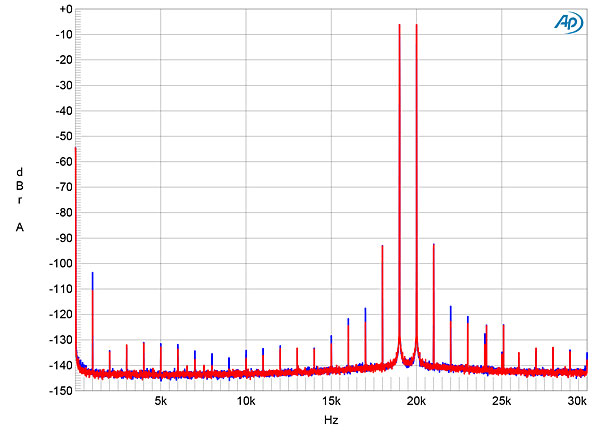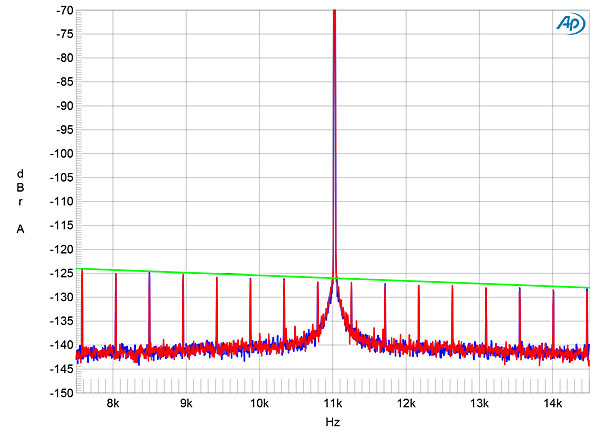| Columns Retired Columns & Blogs |
I hear women say'n that about $500 Purses & Shoes.
You didn't mean it that way, did you?
I'll guess that you meant that it wasn't worth destroying your next three years financial life to own, so you sent it back. I would too, even if they let me have it for dealer cost ( about 50% ) or used/demo type of scratched damaged level ( 35% of Retail price ).
I think this "to die for" concept started with the early Christian Martyrs but it kinda died out till recently when wannabe up-scale women started shopping at Lord & Taylor, ISIS got it from them and reallllllly means it. ( ouch )
Now it aptly applies to the staggeringly priced Audiophile Gear.
I'm no longer an Audiophile!
I'm one of the fresh/new Stereophiles!!! ( I may even be the oldest )
Phew
Tony in Michigan
